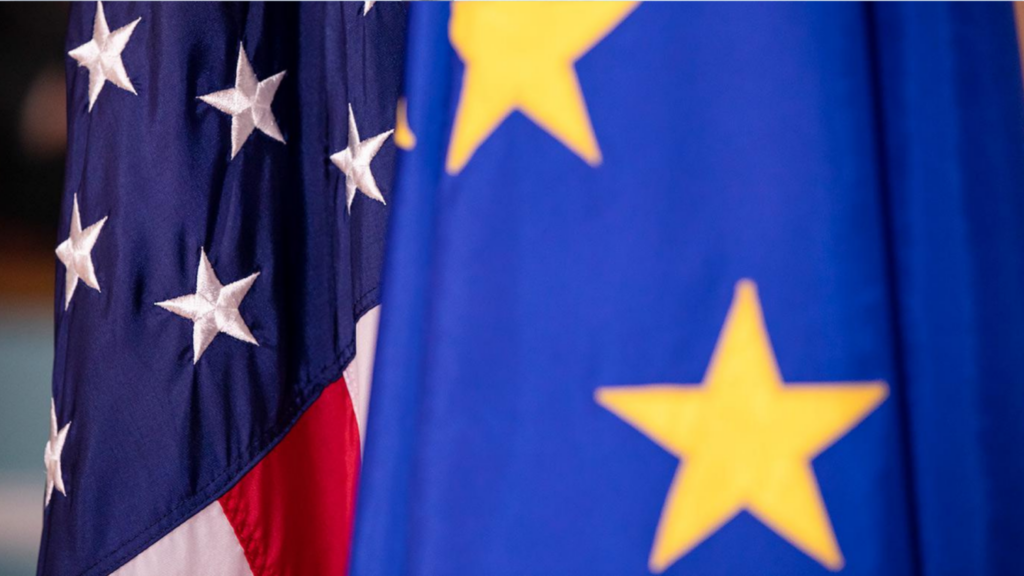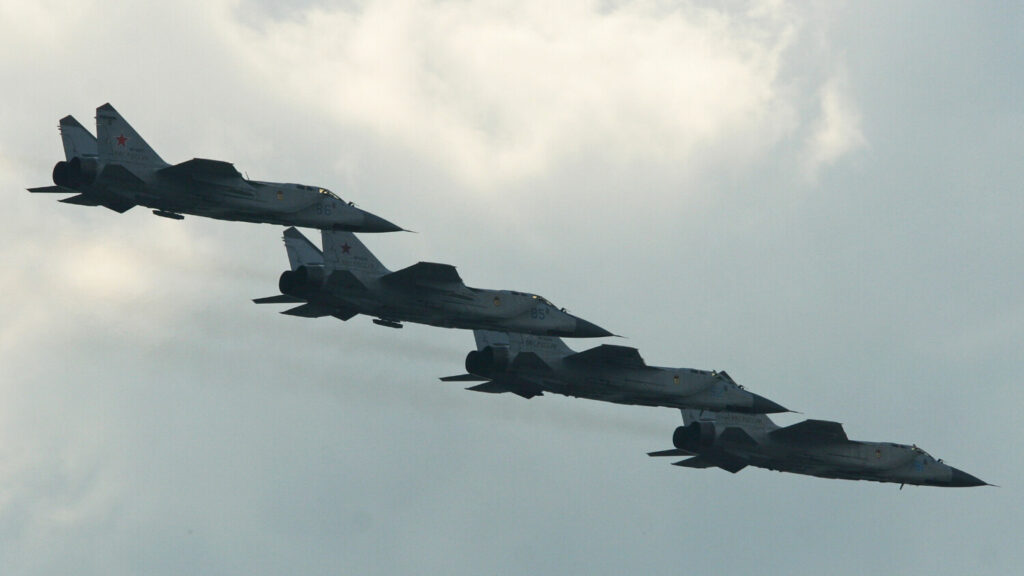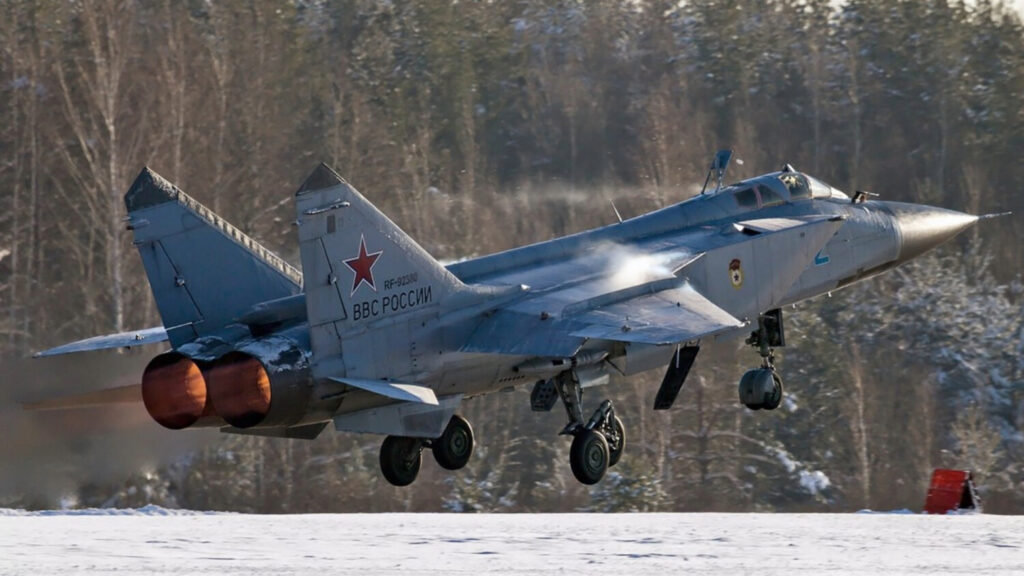Friends at a Distance: Reshaping US-European Relations
The transatlantic relationship has long been one of the defining pillars of global politics. From the Marshall Plan to the deep economic and cultural ties that have grown over decades, Europe and the United States have often worked together to address challenges that shape the international order. Yet the future could hold an even deeper transformation—one in which a truly united European Union strengthens its partnership with the United States, the conflict in Ukraine is resolved, and Russia itself becomes integrated into the European family.
This scenario may seem ambitious, even unlikely by today’s measures. But thinking about its potential contours is valuable for policymakers and strategists alike. If such a convergence were to occur, it could fundamentally reshape global governance, security, and prosperity in the 21st century.
Toward a More United Europe
A prerequisite for this future lies in Europe’s continued integration. For decades, the European Union has been described as an economic giant but a political patchwork. National divisions have complicated foreign policy and defense cooperation, leaving Washington to juggle multiple voices across the continent.
The experience of the Ukraine war, however, has highlighted the costs of fragmentation. Dependence on external energy, divergent security strategies, and uneven economic resilience made it difficult for Europe to respond quickly and cohesively. This strain could act as a catalyst for deeper unity.
A more consolidated EU—equipped with a common defense structure, a stronger single energy market, and streamlined decision-making—would present itself not just as a collection of states but as a coherent geopolitical actor. In such a case, the U.S. would engage with Europe on a more equal basis, building a partnership less dependent on American initiative and more balanced in shared responsibility.
The End of Conflict in Ukraine
The war in Ukraine remains one of the greatest tragedies and geopolitical fractures of recent times. But no conflict lasts forever. A potential resolution—whether through negotiations, gradual de-escalation, or a broader geopolitical shift—could set the stage for a reimagined European order.
A settled peace would unlock enormous opportunities. Ukraine could move forward with reconstruction, deepening ties to both the EU and its Western partners. Europe would be relieved of the immediate spectre of war on its eastern border, allowing it to refocus on long-term integration and stability. For the United States, the conclusion of the war would mean shifting from crisis management to strategic planning, emphasising resilience and cooperation over deterrence alone.
Most importantly, the end of the conflict could serve as the opening act for a new relationship with Russia.
Russia’s Potential European Turn
The most speculative—but also the most transformative—element of this scenario is Russia’s reintegration with Europe. Historically, Russia has swung between cooperation and confrontation with its western neighbours. The war in Ukraine represented a dramatic rupture. Yet over the long term, even deep rifts can evolve into reconciliation.
A pathway for Russia’s inclusion into the European project would depend on profound internal changes: political reform, alignment with democratic norms, and a willingness to abandon aggressive extra-territorial claims. Though this may appear remote, history offers precedents for dramatic shifts—Germany after World War II, or Eastern Europe after 1989.
If Russia were to join the European Union, the implications would be extraordinary. Europe would no longer face a hostile giant at its doorstep but would gain a partner with vast resources, scientific talent, and strategic depth. The spectre of permanent East–West confrontation would give way to cooperative projects in infrastructure, climate action, and regional security.
For the United States, Russia’s integration into Europe would fundamentally alter transatlantic dynamics. Rather than acting as the perennial mediator between European capitals and Moscow, Washington could work with both under a shared framework. The “European question” of security would be replaced with a broader Atlantic vision that spans from North America to the Eurasian landmass.
A Transatlantic Partnership Reimagined
In such a scenario, Europe and the U.S. would no longer be bound primarily by urgent crisis response. Instead, their partnership would expand into shared global responsibilities.
-
Climate and energy transition: Europe’s regulatory leadership, the U.S.’s technological innovation, and Russia’s resource base could form a powerful triad in accelerating global decarbonization.
-
Digital governance: Joint frameworks on artificial intelligence, data protection, and cybersecurity could set global standards, providing a counterweight to authoritarian digital models.
-
Security cooperation: Instead of managing confrontation within Europe, the focus could shift toward peacekeeping, crisis response, and conflict prevention in other parts of the world.
-
Economic leadership: With combined markets representing a massive share of global GDP, the transatlantic bloc could drive international trade norms, balancing openness with resilience.
Together, this alignment would present a vision of governance that emphasizes openness, cooperation, and shared rules—an alternative to fragmentation or great-power rivalry.
Obstacles and Realities
Of course, such a future is not guaranteed. It depends on several ambitious conditions:
-
The EU’s ability to overcome its internal divisions and reform its institutions.
-
A sustainable, inclusive settlement of the war in Ukraine.
-
Fundamental political transformation inside Russia, including a genuine commitment to democracy and cooperation.
-
A willingness on both sides of the Atlantic to embrace shared leadership rather than competition for influence.
Each of these conditions carries significant uncertainty. Skeptics will rightly point out that entrenched mistrust, nationalism, or geopolitical rivalry could derail any movement in this direction.
Yet the value of exploring this potential scenario lies not in predicting inevitability but in recognizing opportunity. History is filled with unexpected realignments that once seemed improbable: Franco-German reconciliation, the peaceful end of the Cold War, and the expansion of the EU to include former Warsaw Pact countries.
Conclusion: The Promise of a New Atlantic Century
A future in which a united Europe strengthens its partnership with the United States, Ukraine finds peace, and Russia joins the European project would represent a profound reordering of international relations. It would mark a shift from confrontation to cooperation, from division to integration, and from crisis response to global stewardship.
While far from certain, this scenario offers a glimpse of what might be possible if political will, historical change, and shared destiny converge. For policymakers, it serves as a reminder that even amid today’s challenges, the long arc of history can bend toward greater peace. If realized, such a transformation could become the foundation of a renewed Atlantic century—one in which peace and prosperity are built not on rivalry, but on common purpose.



